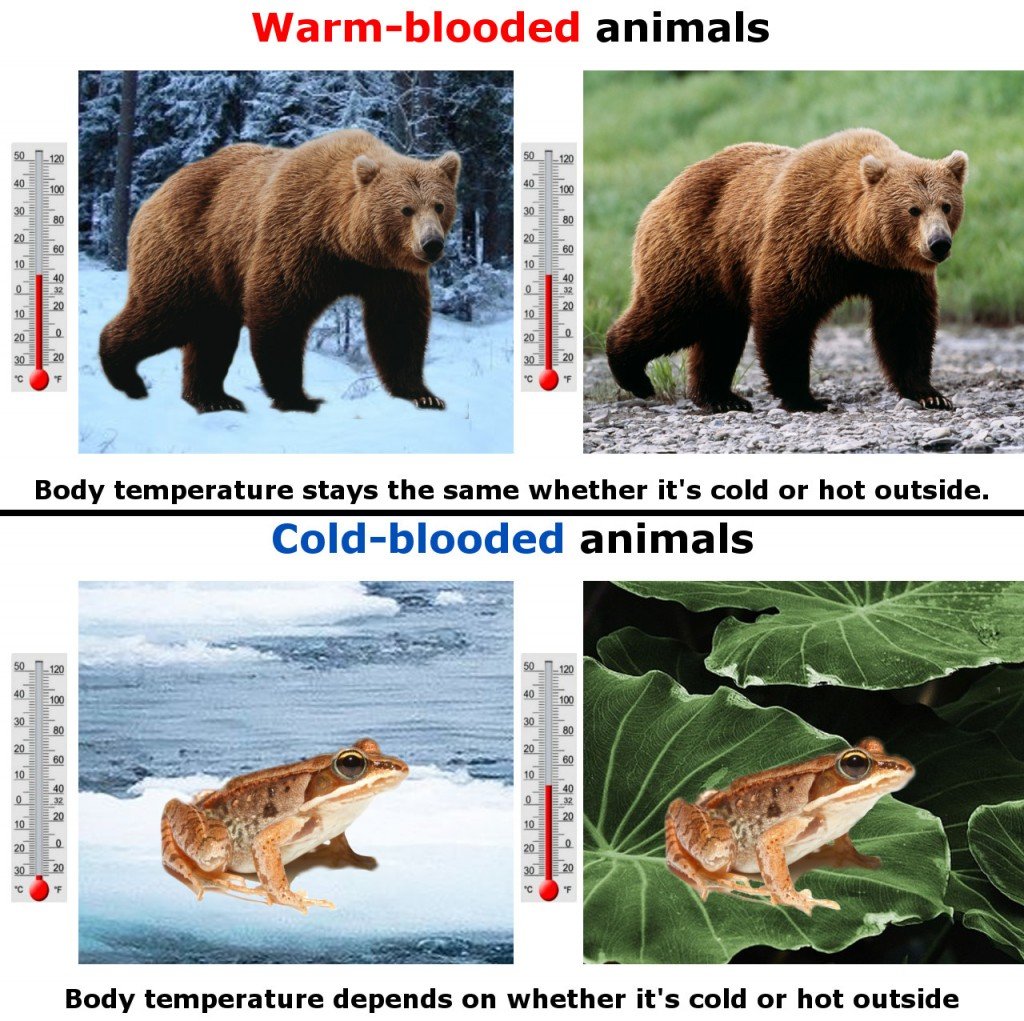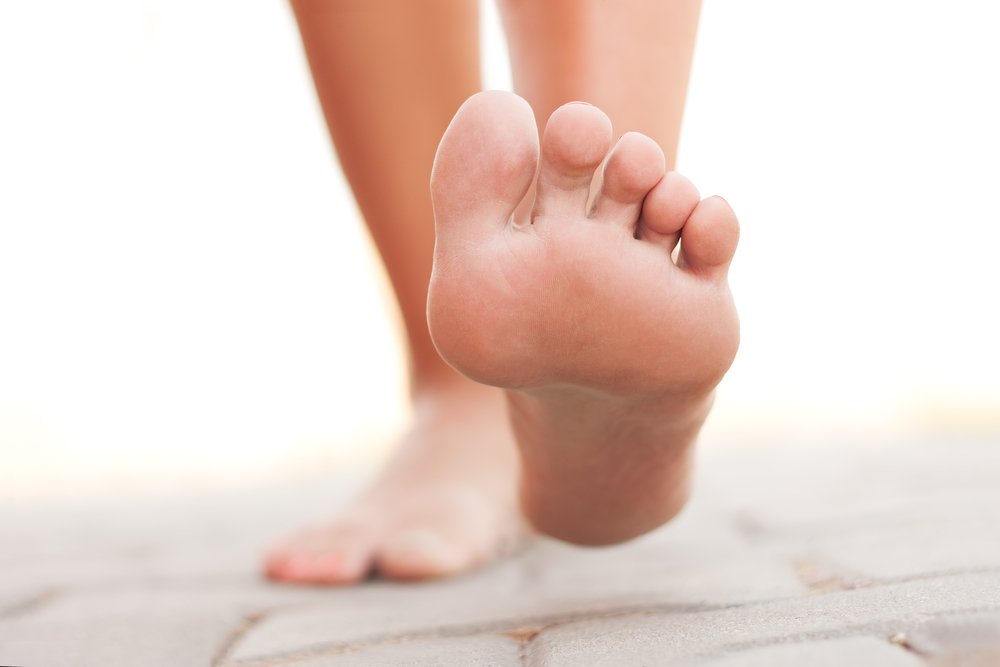The reason socks help us stay warm is because they help regulate the temperature of our feet. Our feet are important temperature sensors for our body, and by wearing socks, we help keep the heat in our feet from escaping.
When I was a kid, I remember that my mother always used to make me wear socks during the winter. I’ve seen a lot of parents do the same with their children, but they often end up taking them off in annoyance, saying that wearing socks makes their feet feel ‘too hot’.
Even among adults, it’s often recommended that you should put on socks when you feel cold. Also, wearing socks does have a positive impact on the temperature of your feet, but why exactly does that happen? Given that socks cover only a small part of your entire body, why do they have such a significant effect on the sensation of being cold?
Maintaining The Core Temperature Of Your Body
Some species have an incredible ability to maintain their core temperature, regardless of whether it’s cold or hot outside. This impressive evolutionary trait is called thermoregulation. Mammals (including humans) and birds are naturally bestowed with this ability, which is why they are called ‘warm-blooded’.

The heart plays a key role in maintaining the internal temperature of the body; it sends blood to every part of the body in order to keep your organs and systems warm. Blood flow is significantly impacted by the outside temperature, so if you’re in a cold setting, your blood vessels will become constricted and the volume of blood flowing through them is reduced. Likewise, when the ambient temperature is high, blood vessels expand, allowing more blood to flow through. This constriction and expansion of countless blood-carrying tubes is what helps maintain the core temperature of the body.
Also Read: What Is An Ectotherm?
Feet – The Temperature Sensors Of The Human Body
The human body uses the extremities, i.e. feet and hands, to regulate core temperature. It works like this; when it’s hot outside, the body uses the feet (and hands) to get rid of excess heat and keep itself from ‘overheating’. That’s why taking off your shoes and socks on a hot day feels like complete bliss (albeit temporary).

On the other hand, when it’s freezing outside, the body pulls heat from the extremities and gives it back to the core (loosely defined, the body’s core is broadly considered to be the torso) to keep it comfy and warm. This is why your feet and palms are the first to feel the pinch when it gets cold outside.
Both of these instances lead to the same conclusion: the feet are where most of the heat exchange with our surroundings occurs.
Also Read: Why Does Sleeping With Your Feet Outside The Covers Help You Sleep?
What’s So Special About Our Feet When It Comes To Temperature Regulation?
Feet are particularly suited for this critical heat exchange for a few different reasons; first, just like hands, our feet have a large surface area and specialized blood vessels that constrict and expand depending on the ambient temperature. This helps to offload heat quickly when the core temperature rises in hot surroundings.

The feet are located at the extremities of the body, meaning that they are at the maximum possible distance from the core. They also don’t contain much muscle, (which, by the way, produces a lot of heat), so this helps them cool down quicker than other body parts (that have a lot of muscle). Furthermore, our feet usually don’t have much hair, which is another plus for efficient heat exchange.
Put Socks On = Feel Warm Instantly… True Or False?
As for the common advice that putting on socks instantly makes you feel warmer, this is usually more of a perception than a reality (Source). One likely explanation behind the belief that socks immediately make one feel warmer is that the feet could become so cold (when the ambient temperature dips) that pain receptors are actually triggered, making the individual even more uncomfortably cold. Therefore, wrapping one’s feet (i.e. the source of the pain/discomfort) in a sock has an obvious impact on the ‘perception’ of feeling cold.

In a nutshell, putting on socks does have certain benefits when it comes to shielding you from the cold, but in terms of the speed at which socks can heat you up, it mostly depends on the perception of the individual.
How well do you understand the article above!

